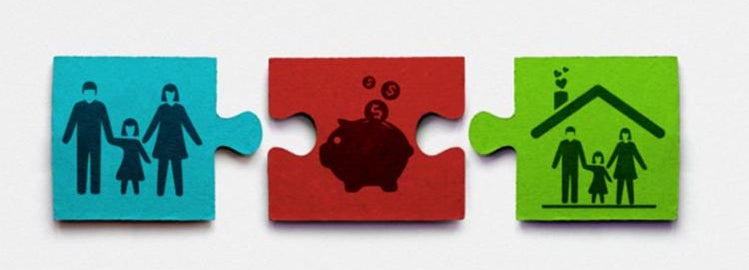How Can I Save Money on My Insurance? Asked and Answered

Earlier this month Trusted Choice® asked fans on Facebook what questions they had about insurance and what they would like to know more about when it comes to coverage and price. Responses ranged from “what to do after an accident” to “Am I covered if…,” but far and away the question on most people’s minds was “How can I save money on my insurance?”
It’s a common question, and in tough economic times, one that warrants consideration. Of course, keep in mind that the extent of coverage is an important factor that determines the cost of your insurance, so the cheapest policy is not necessarily the best. Your insurance premium is also based partly on the level of risk the insurance company must take in order to provide coverage, so one way to save money is to reduce your risk. Here are a few ways that you might lower the premium on your homeowners and auto insurance, while at the same time taking steps to reduce your risk.
Save on your homeowners insurance
- Installing deadbolt locks (to discourage theft), fire extinguishers, smoke alarms and burglar and fire alarms that alert your local police and fire stations can often result in premium savings because of discounts offered by the insurance company. Check with your Trusted Choice agent before purchasing any of these items to see if your insurance carrier has specific requirements to qualify for the discount.
- Another way to save may be to increase the deductible on your homeowners policy. If your deductible is $500, it means that you agree to pay this amount first, and your insurance company will pay for damages that exceed this deductible. By increasing your deductible from $500 to $1,000 it decreases the insurance company’s risk, which may mean a savings in your premium.
Save on your auto insurance
Insurers often discount their rates for good drivers and those who take safety and security precautions. Sometimes the investment you make in your vehicle is worth the discount, and sometimes it’s simply worth some peace of mind. For example, the purchase of anti-lock brakes merits a discount from nearly every insurer, but the discount probably will not pay for the brakes during the normal life of your vehicle. Insurers generally offer discounts for:
- Safety Features
- Defensive Driving— Clean violation record, driver’s education courses for teenagers and defensive driving or accident prevention courses for adults (insurance discounts for the latter are required in some states).
- Security Systems—Alarms, electronic locks and disabling devices.
- Changing Driving Habits—Commuting by public transit, using a company vehicle for work-related travel and car-pooling.
- Formal Agreements Not to Drink and Drive—The availability of a discount for signing such an agreement varies among insurers and states.
You can also lower your insurance rates by requesting higher deductibles (the amount of money you pay before you make a claim). Increasing your deductibles on collision and comprehensive coverage from $250 to $500, will bring your rates down. Moreover, you may not need collision and comprehensive coverage if you drive an older car. Ask your agent which discounts are available to you. Many insurers also offer discounts if you insure both your home and automobile with the same company.
Part of the value of working with a Trusted Choice agent is that they have the ability to represent more than one insurance company, so they can help identify and explain different coverage options, so that you’re getting competitive pricing on a choice of products to find what’s right for you.
